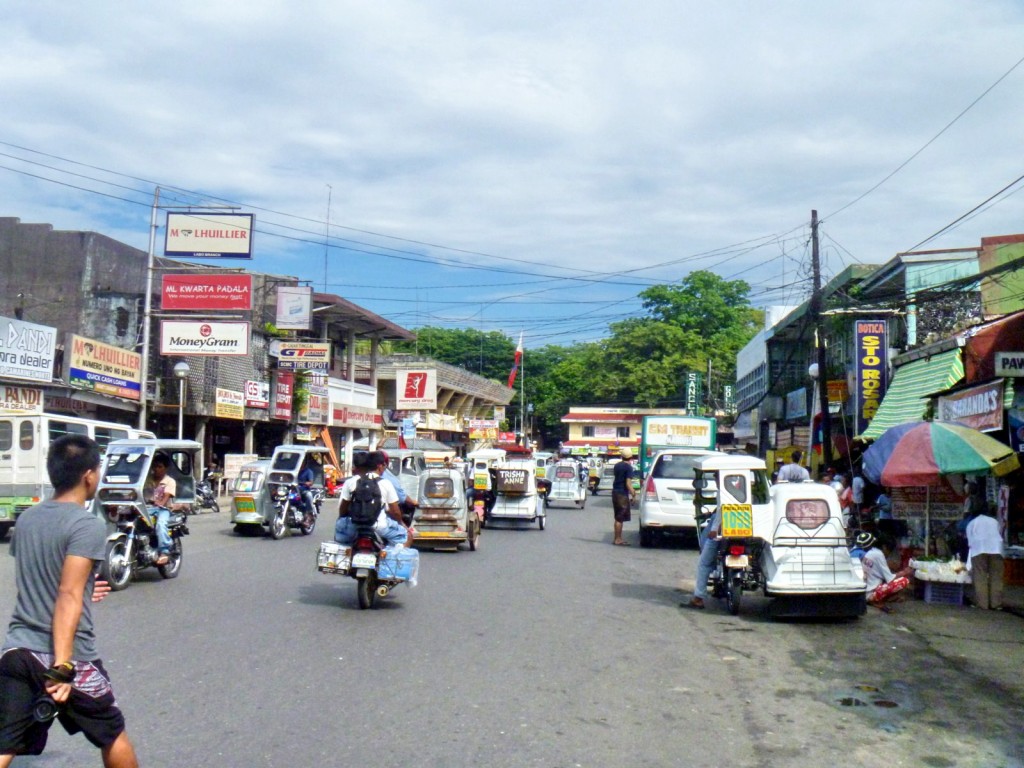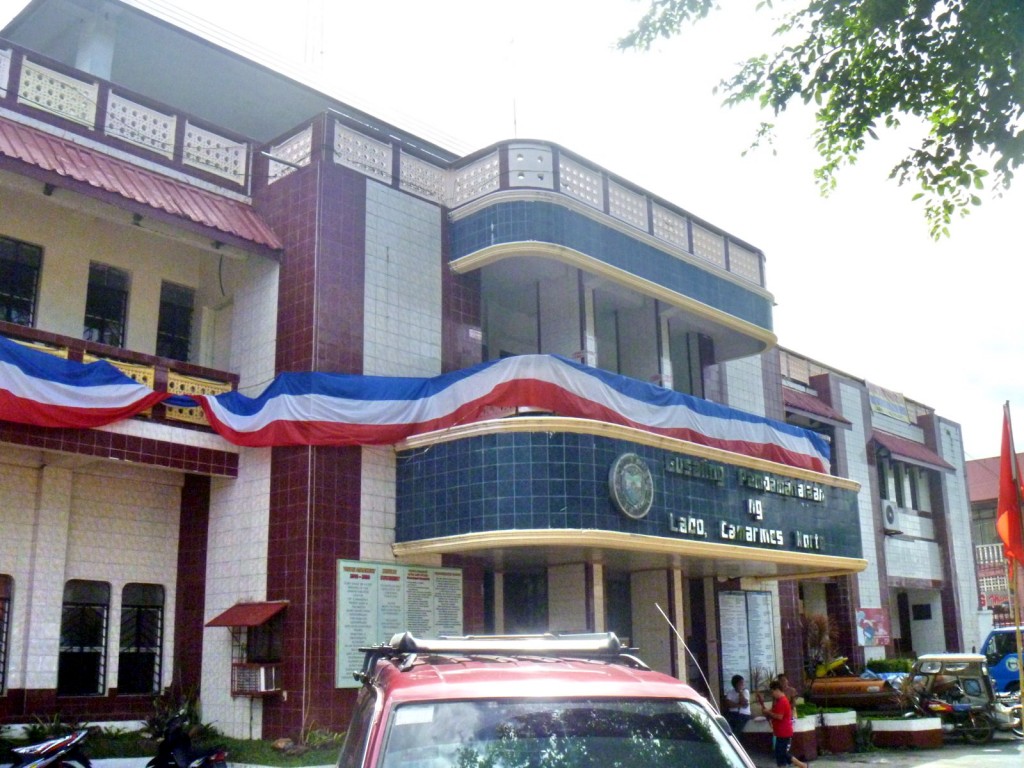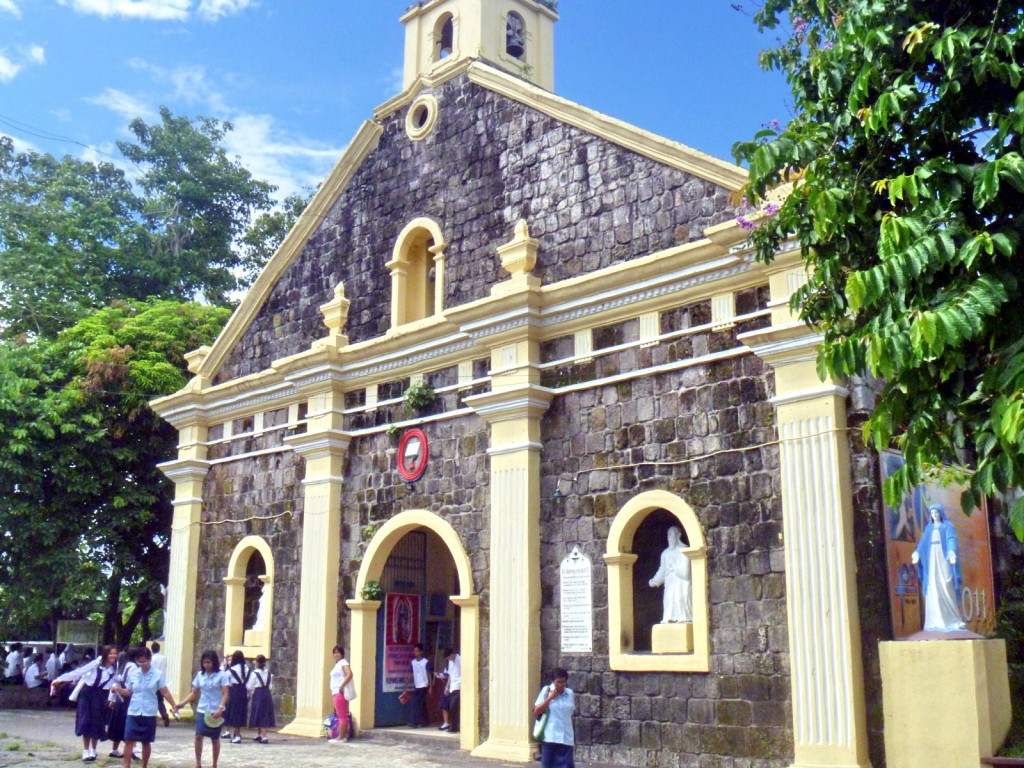Back on our boat, we still had time to visit Apuao Grande Island, the most famous of the Siete Pecados Islands. Located 10 kms. northeast of Daet and a 45-min. boat ride from Mercedes, we again made landfall at a beautiful stretch of white sand beach. The island also has agoho trees (an evergreen species of trees that look like pine trees), mangrove forests, a sandbar and a steep cliff (ideal for rock climbing) on the Pacific side.
Check out “The Siete Pecados of Mercedes“
| Apuao Grande Island |
Apuao Grande Island was also once home to the once high-end TS Resort, formerly operated by the Australian-run Swagman Hotel chain. At its heyday in the 1980s, it had 30 non-airconditioned cottages with bath, a restaurant, beach bar, swimming pool, tennis court, gym, sauna, a 9-hole golf course and an airstrip. Now abandoned due to lack of marketing push and typhoons, most of the solar-powered villas are leased to many expatriates who want to stay on the island.
| Posing with Apuao Pequena Island in the background |
From Apuao Grande Island, we crossed over to the 24.29-hectare Apuao Pequena Island (also called Apuao Munti Island) which is connected to Apuao Grande Island by a land bridge (during low tide). It wasn’t low tide yet, but somehow we managed to cross to the other side despite the somewhat strong current. The island has a 350 m. long shoreline, a 150-ft. high mountain and a campsite.
| The campsite at Apuao Pequena Island |
We didn’t have time to visit Caringo Island and Malasugui Island (the smallest of the seven) and their white sand beaches and, thus, we again boarded our boat for the return trip back to the mainland. The perfect time for visiting these islands is from late March to early May. It was such a pleasant surprise to see how beautiful islands such as these have been kept from the national tourism spotlight for so long. Maybe, next time, they’ll take notice.
| Crossing towards Apuao Grande Island |
Mercedes Municipal Tourism Development Operation Center: Mercedes Fish Port, Mercedes, Camarines Norte. Tel: (056) 444-1261. E-mail: discovermercedes@yahoo.com. Website: www.discovermercedes.gov.ph.



















